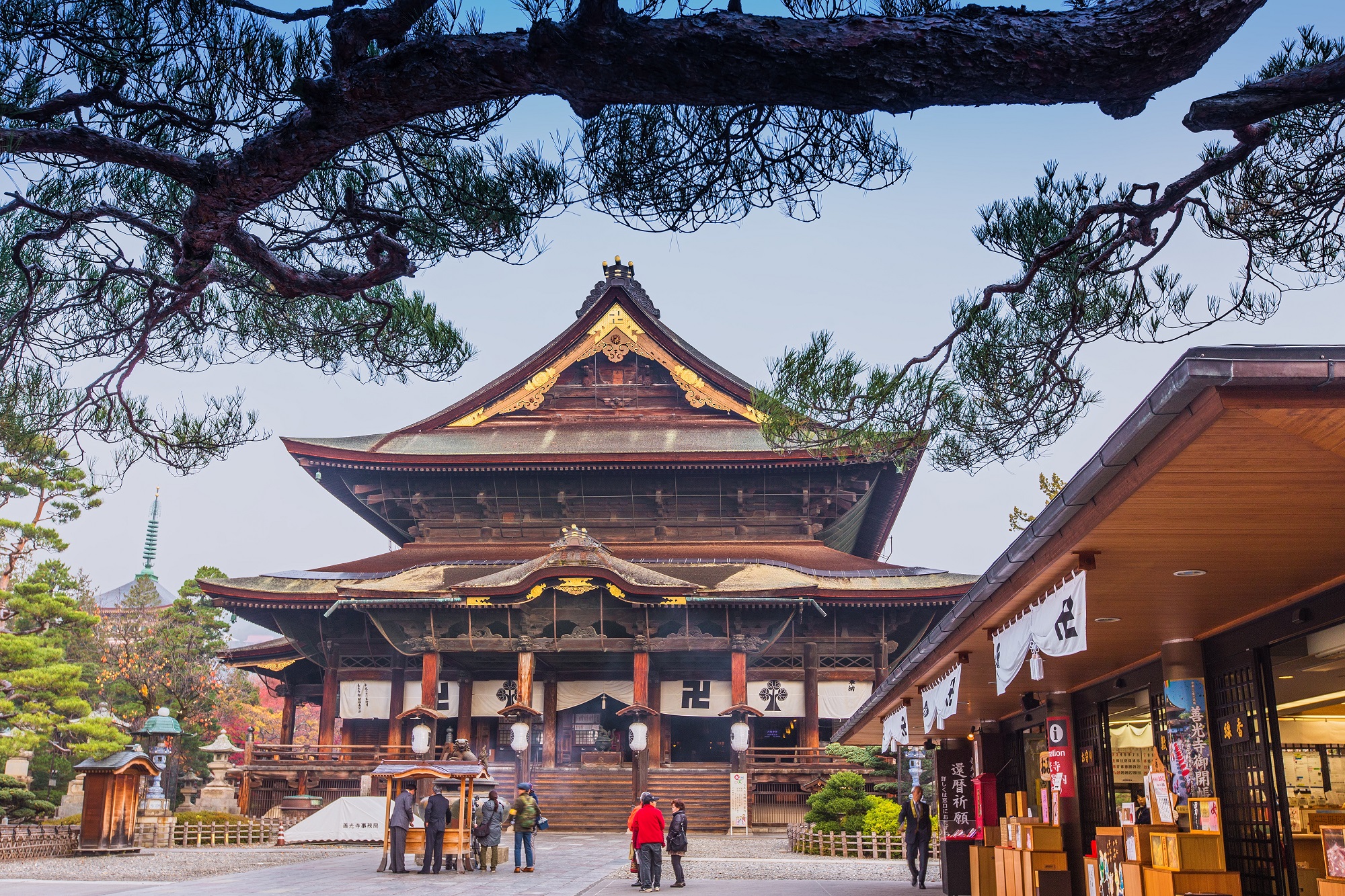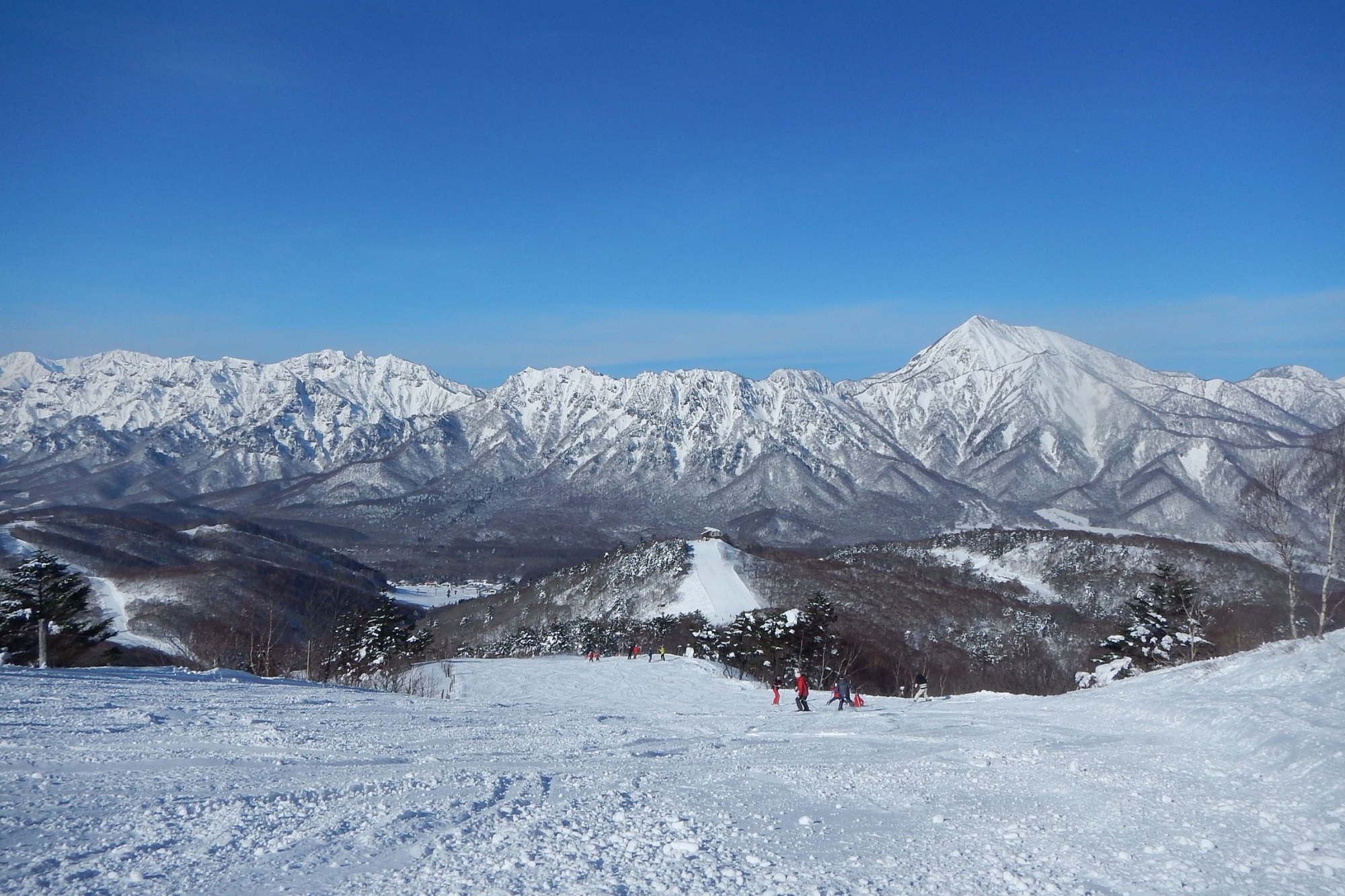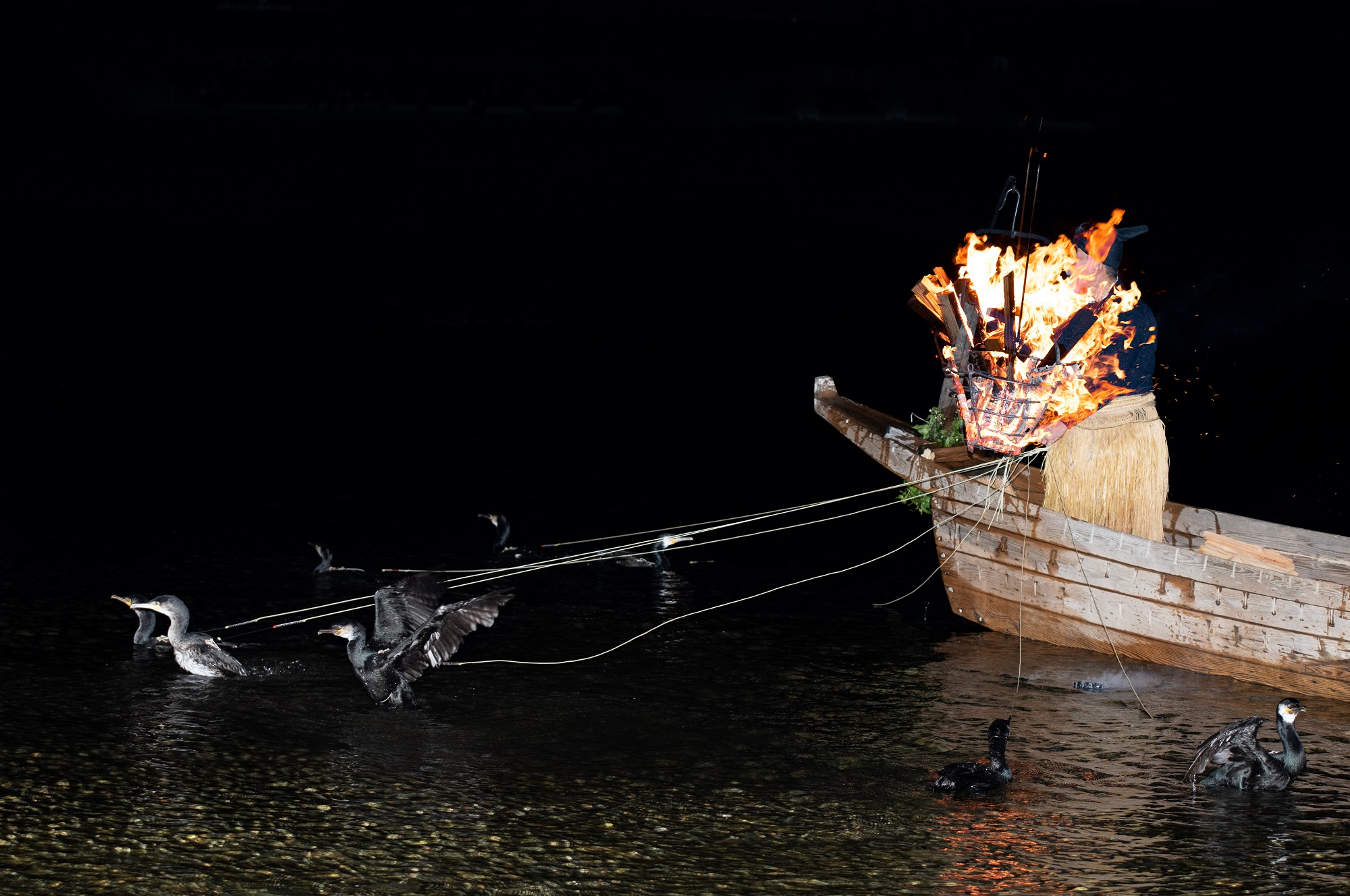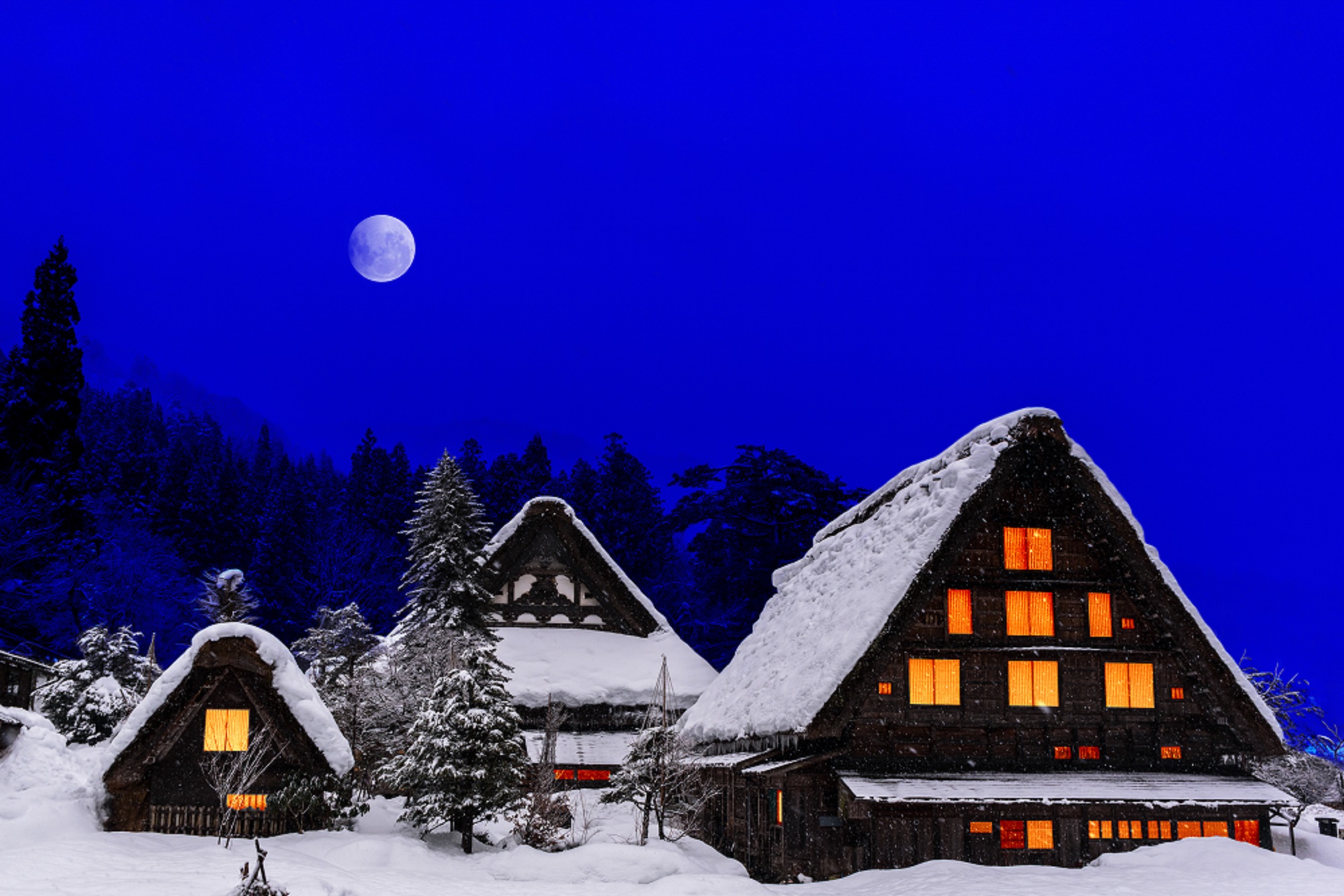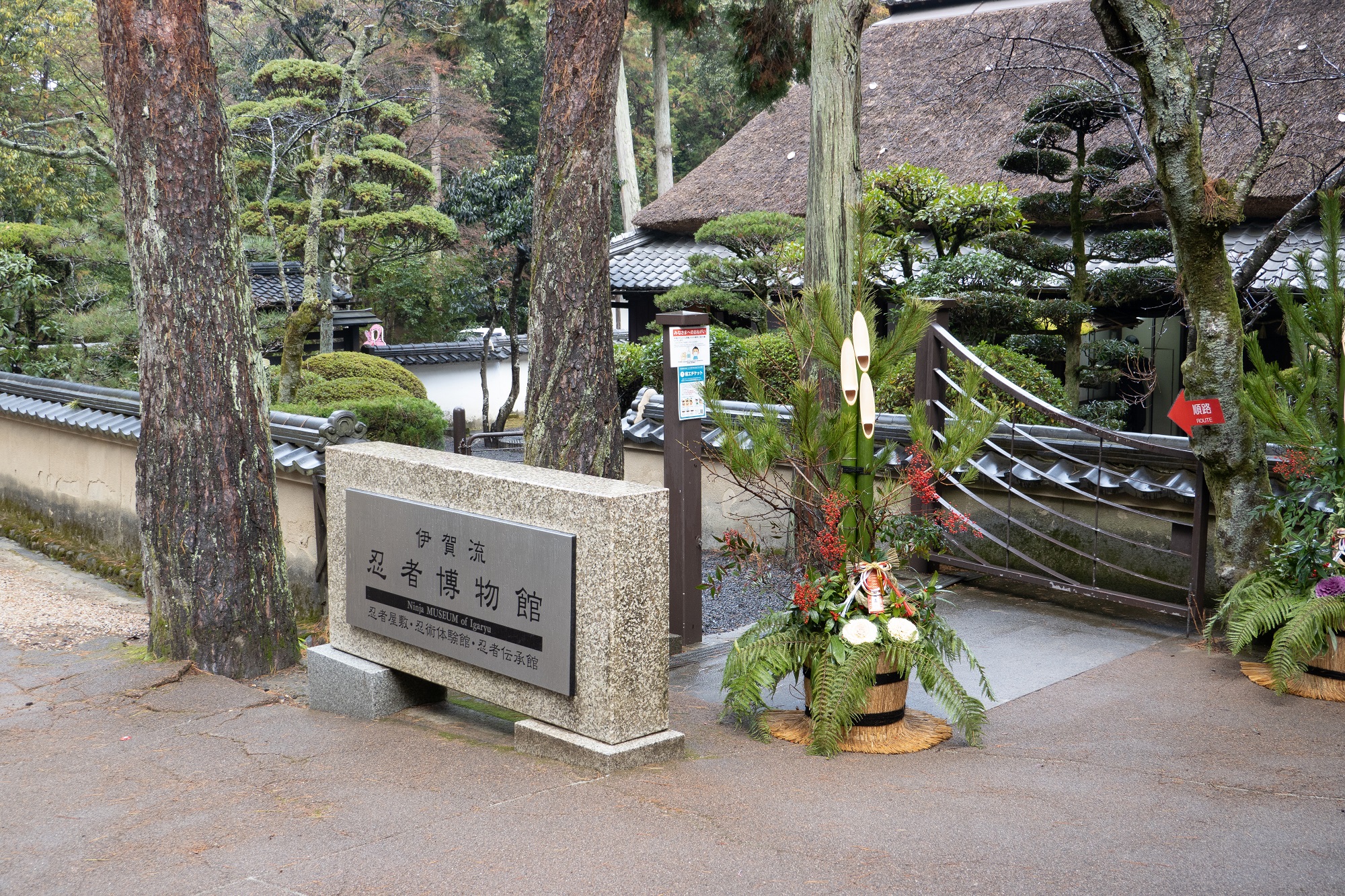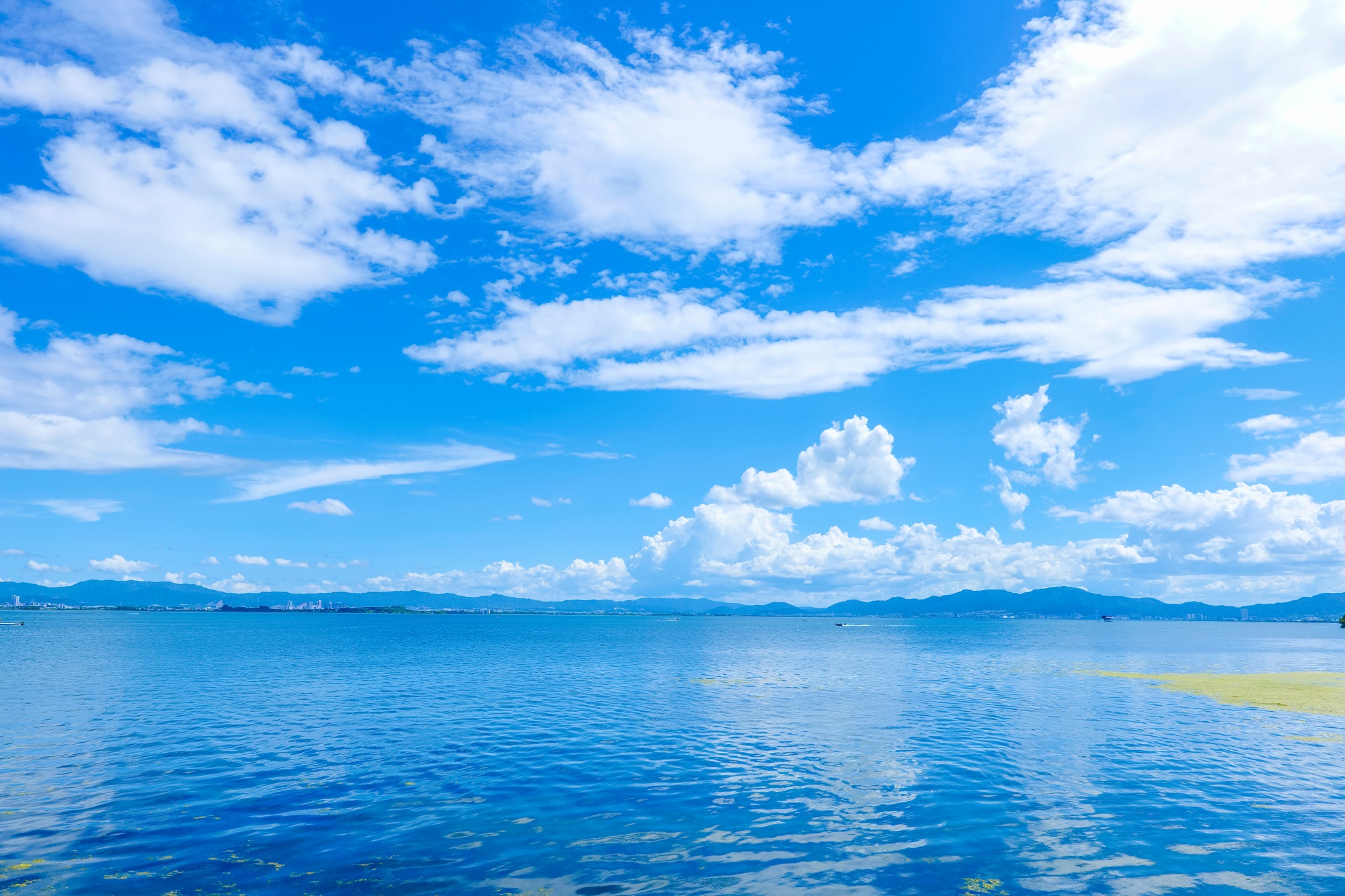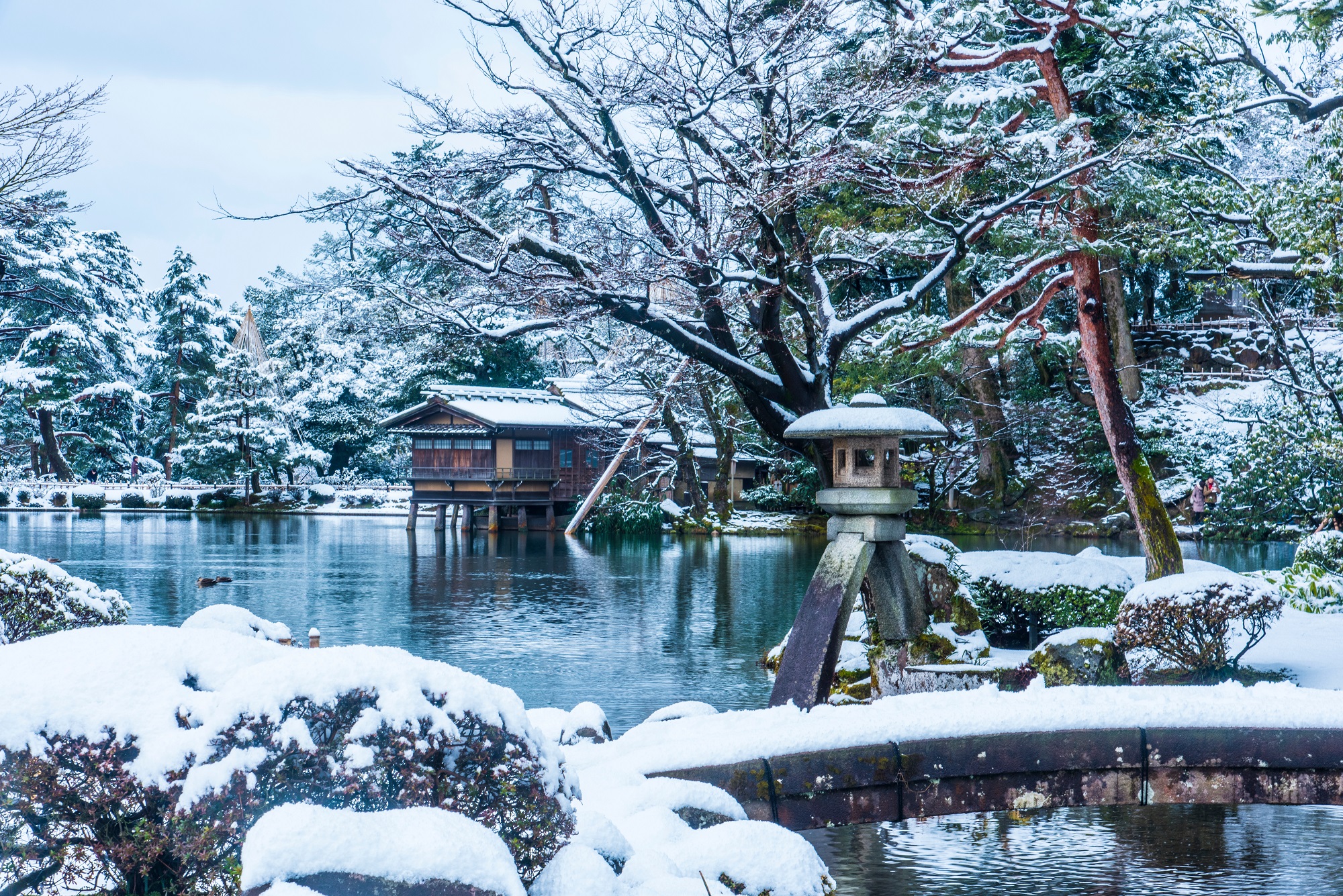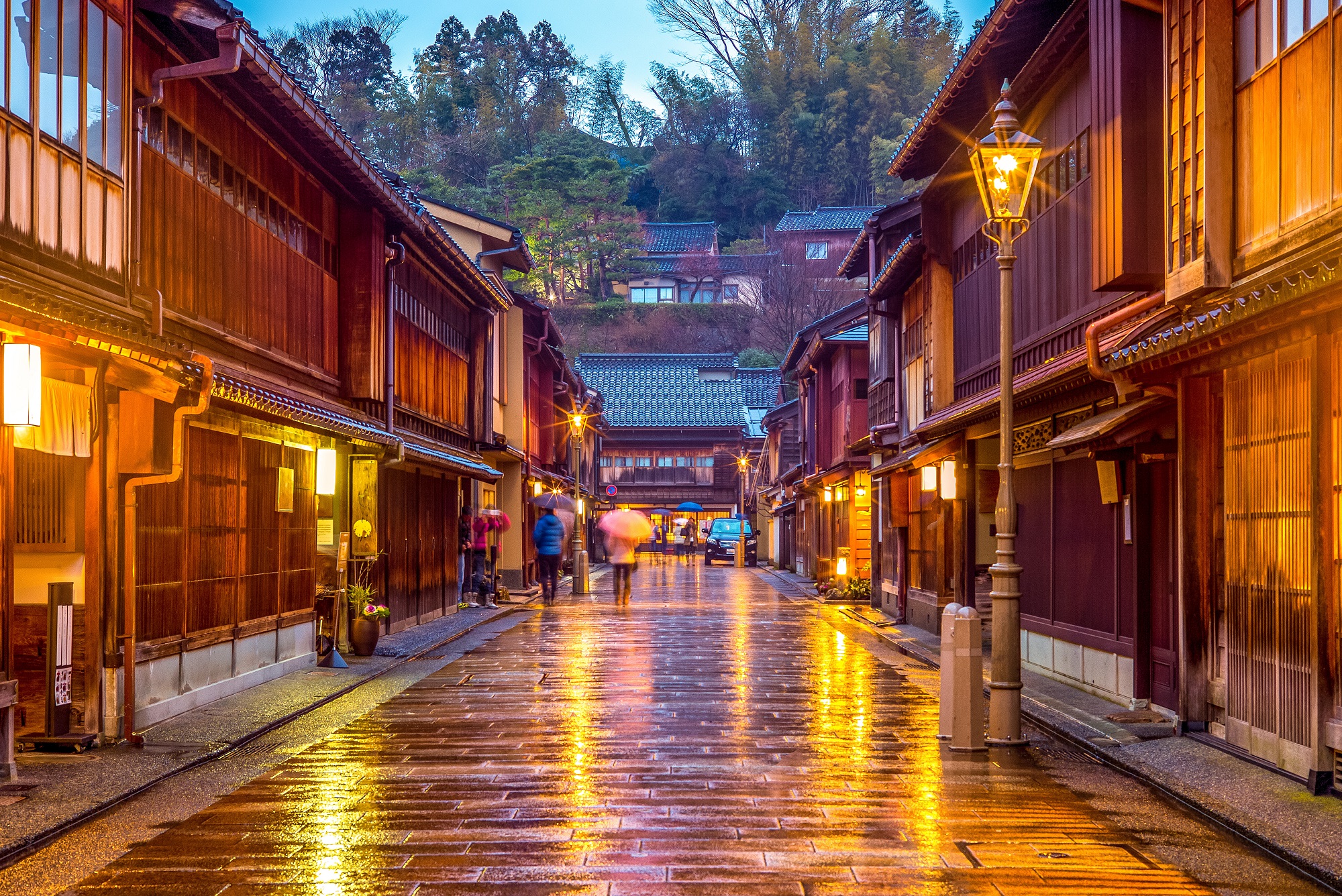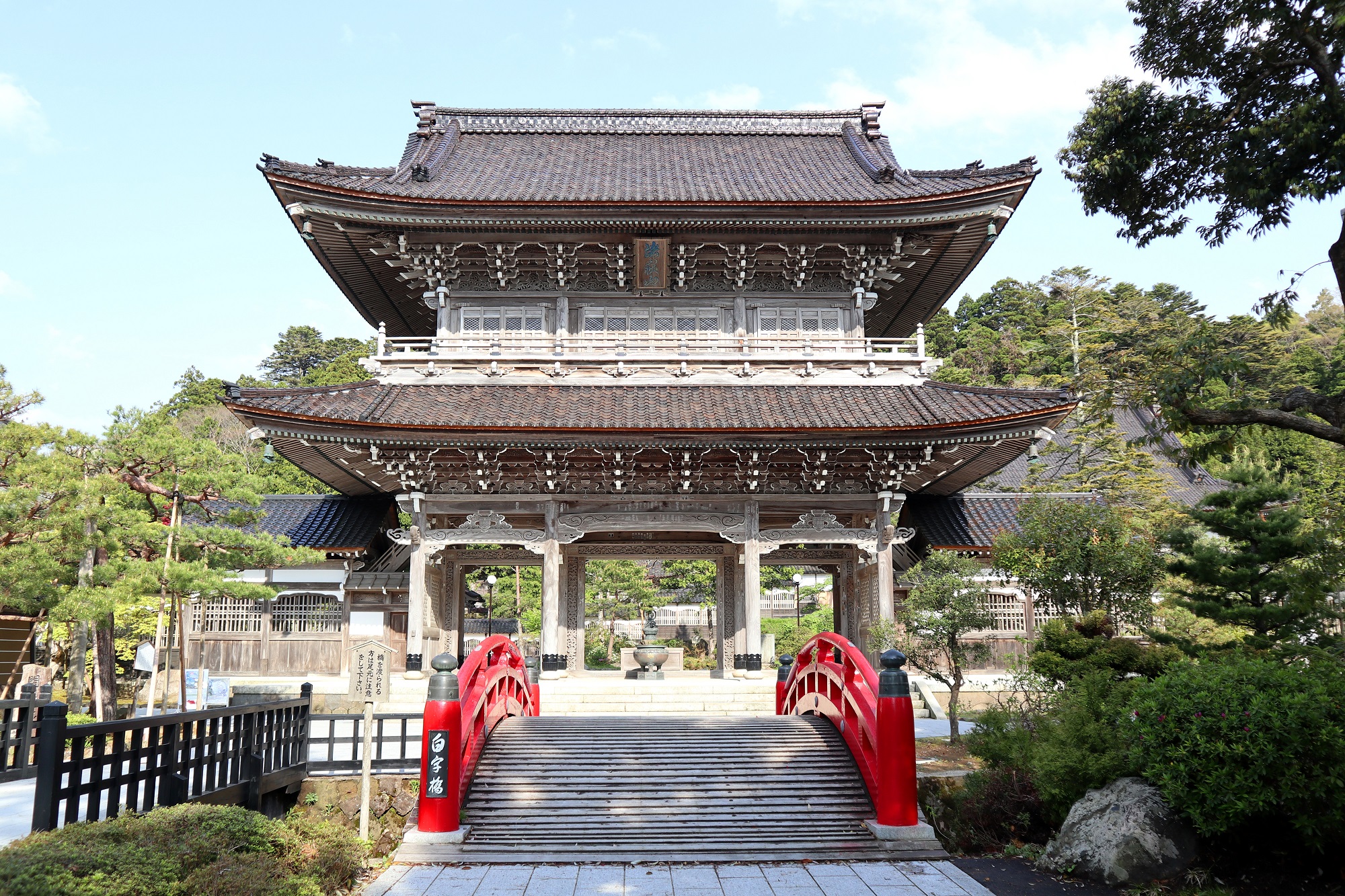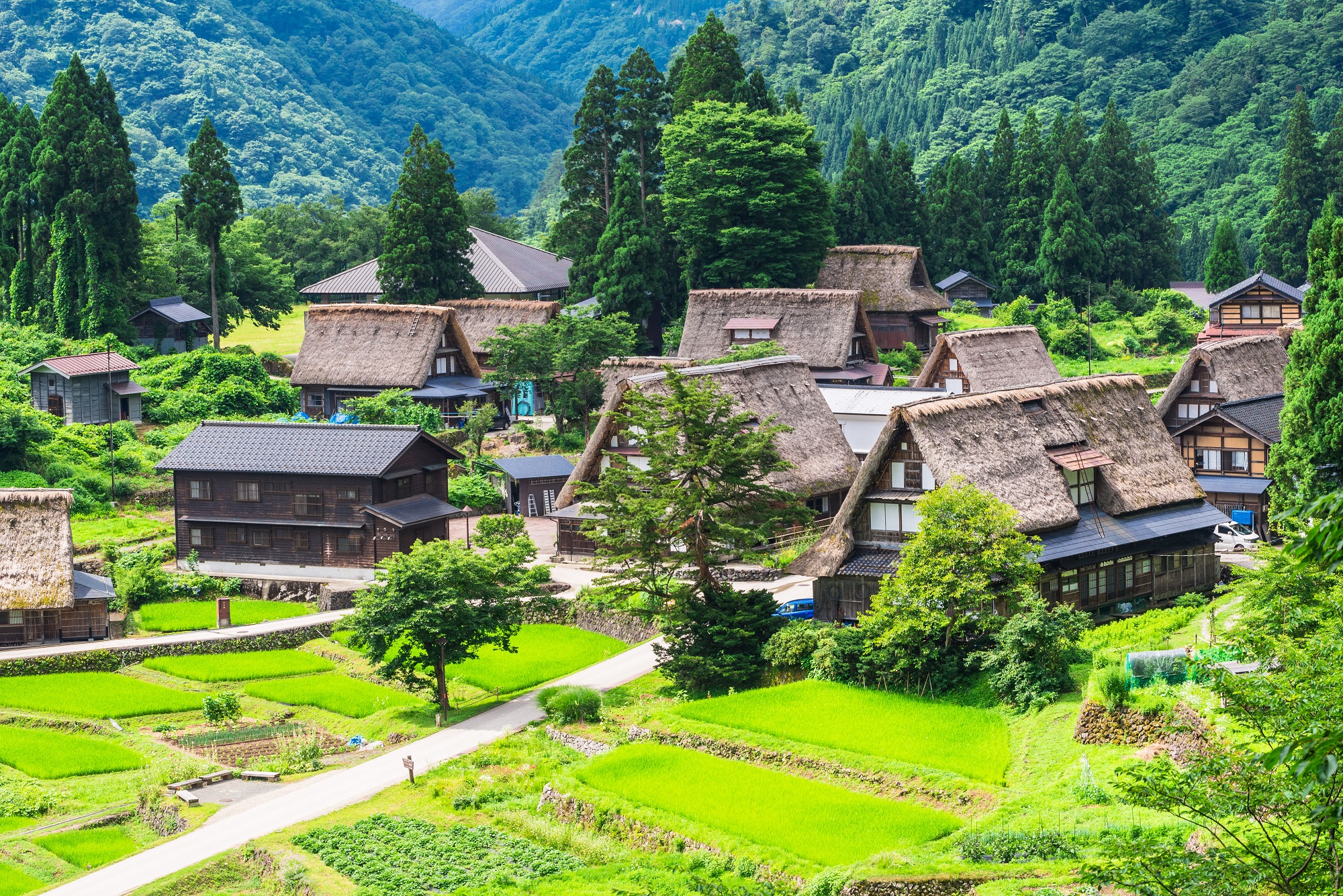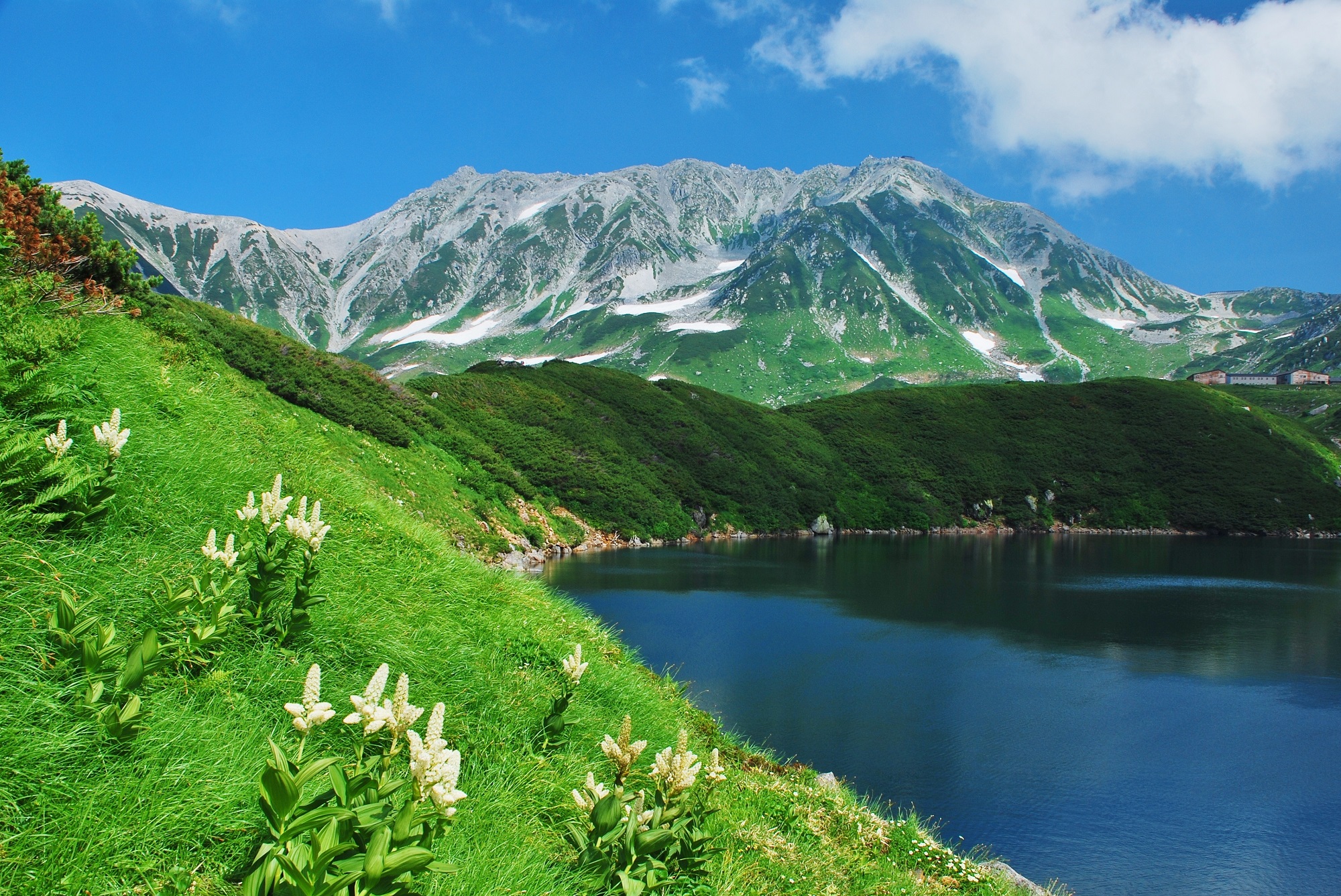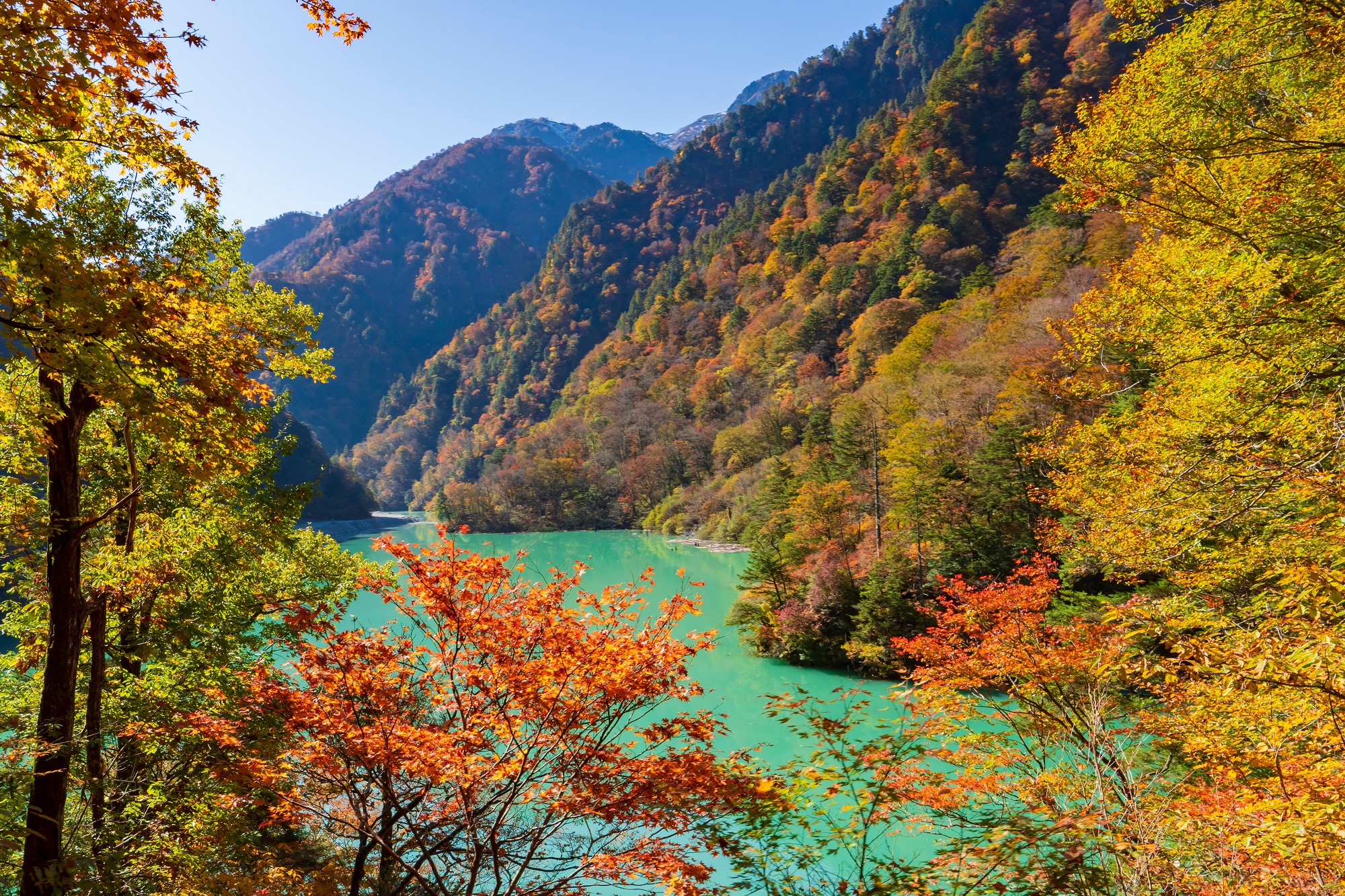Cultural Experiences / 文化体験
Cultural Experiences
Japan has a rich cultural heritage site based on the history and traditions, and some of the traditional cultures may be experienced which is a chance to truly get to know about Japan. Popular experiences among the tourists from overseas are tea ceremony and flower arrangement, watching Kabuki, Noh and the other traditional performing art performances, touring Japanese gardens, and visiting traditional craft workshops.
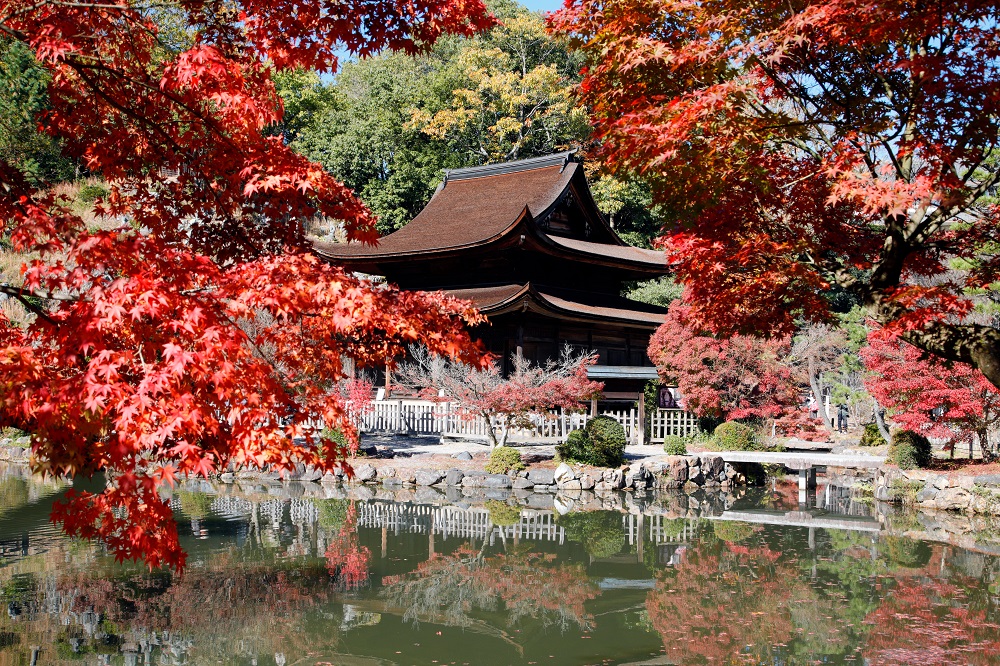
Major Cultural Experiences
Ikebana and Kado [Flower Arrangements]
"Ikebana" is the art of Japanese flower arranging. It originated thousands of years ago and was initially tied to Shintoism. Ikebana is distinct from other flower arranging styles, favoring simplicity and minimalism. It takes a long time to understand what every flower means within ikebana, but even the tourists have a chance to experience the basic understanding by attending a class for beginners. Ikebana and Kado are similar, but Kado emphasizes more on etiquette and spiritual cultivation.

Sado [Tea Ceremony]
The tea ceremony is known as "Chanoyu", or "Sado", in Japanese, and the art of preparing and serving matcha [powdered green tea] is called "otemae". "Chakai" is a public gathering held to appreciate the tea ceremony, and "Chaji" is the more private and formal ceremony. "Senchado" is a ceremony using tea leaves instead of matcha is an alternative but less common ceremony.
The tea ceremony sees the simple task of preparing a drink for a guest elevated to a form of art, an intricate series of movements performed in strict order, being appreciated by the recipient.
“Sado" [The tea ceremony / literally "the way of tea"] is in many ways a microcosm of the Japanese traditional sense of "omotenashi", is the act of looking after the guests wholeheartedly.

Traditional Crafts
Japan is home to a wide range of traditional crafts. Local artisans often specialize in a particular artform, passing down the knowledge from generation to generation, and taking pride in perfecting the skills continuously. There are many opportunities to learn and even make one of the traditional crafts while in Japan. Take the time to learn directly from the master of the craftsmanship or the professional artisans and get acquainted with traditional values deeply rooted in the Japanese culture and society.
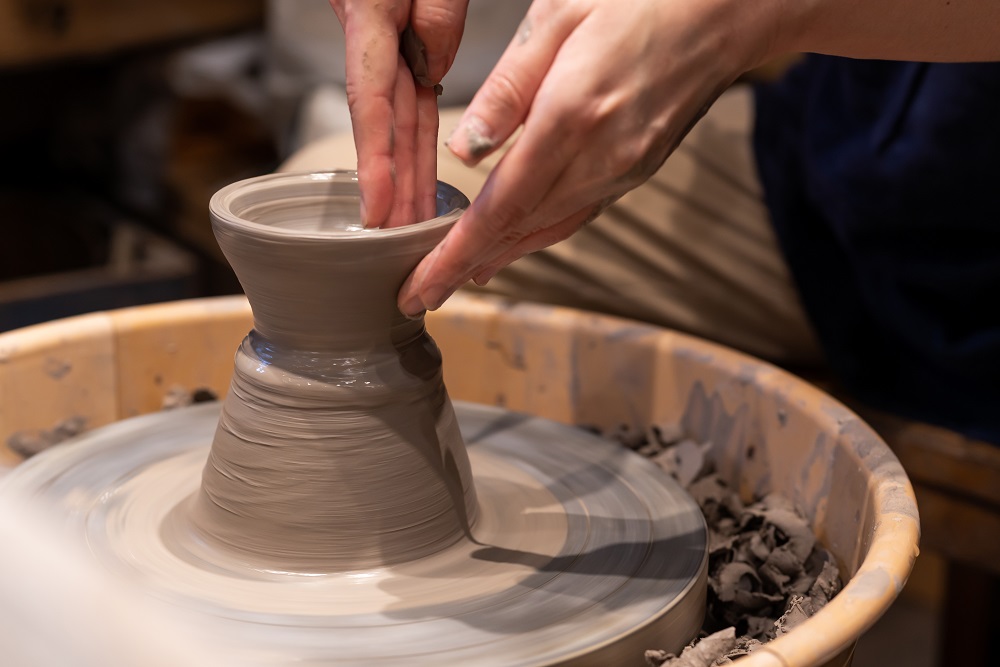
Visiting Japanese Gardens
For more than 1000 years, there have been many famous gardens throughout Japan, that utilize space, water, and sound among other items. Walk around the grounds with a guide and learn more about the meaning of the garden and history, for a more satisfying experience.

Kimono Experience
Kimono is one of the traditional crafts of Japan and is worn in special occasions of coming-of-age ceremonies and weddings even today. Although many people are attracted by how fabulous Kimonos are but sometimes surprised when putting them on. When putting on a Kimono, a towel may be wrapped around the body for perfect shape for Kimono, and strings are tied to prevent from falling apart. Many types of accessories are also required and not many Japanese are able to put on a kimono by self. Recently, numbers of kimono rental stores with English-speaking services have been increasing in the tourist spots, so, choose the favorite kimono and have a professional dress you. While putting on the kimono, learn for tips on walking in the kimono and using the restroom.

Zen Meditation and the Shukubo Experience
"Zazen" is a form of seated meditation in Buddhism, to correct posture, breathing, and concentrate on mind. It is used in the Rinzai and Soto sects of Buddhism, with distinct manners for each. Relax by sitting in the lotus cross-legged position with a straight back and eliminating distractions while taking deep abdominal breaths. There are temples starting “zazen” experience in English, give it a try in interested. To learn more about Buddhism in Japan, the lodging experience at the “Shukubo” is also a recommendation, staying overnight at a temple accommodation facility and having the same meals and practices as the monks.
*Keep in mind that the monks are working on the daily training.

Ninja Experience
During the Sengoku Period, Ninja was employed by the feudal lords and others to gather information on enemies and sabotage them and the unique tools and techniques called "Ninjutsu" were used to accomplish the missions. Two of the most known tools are the “Shuriken” which are the small hand blades to defend oneself by throwing at the enemies and the “Makibishi” which are dried plants or other objects with pointed ends to be scattered on the ground to fend off pursuit by the opponents. Ninja existed throughout Japan and the most famous two are the Koga Ninja from Shiga Prefecture and the Iga Ninja of Mie Prefecture, both have the Ninja residence and memorial museums to enjoy the Ninja experience. Dressing up as a Ninja and learning “Ninjutsu” would be an unforgettable experience!
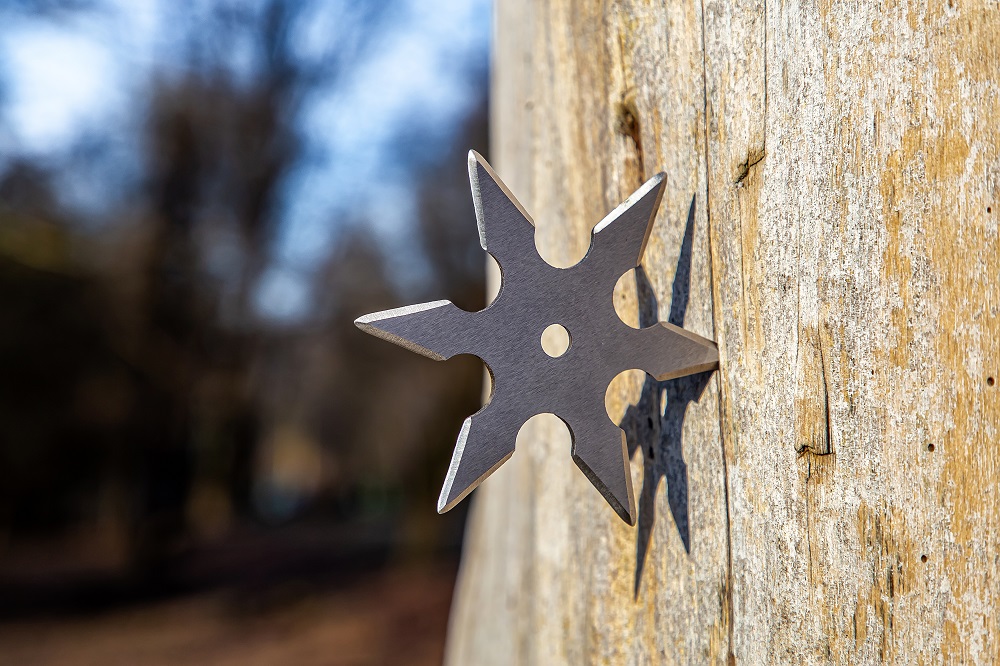
Destinations
Zenkoji Temple / 善光寺 (Nagano)
Zenkoji Temple dates back over 1,400 years and has been widely known and endeared since ancient times as a temple not affiliated with any particular religious sect, but rather welcoming to people of a....
Togakushi / 戸隠 (Nagano)
Togakushi is located in the northwestern part of Nagano City and was once visited by many ascetic practitioners as a sacred site. The area is designated as Myoko-Togakushi renzan National Park, where ....
Cormorant Fishing on the Nagara River / ぎふ長良川の鵜飼 (Gifu)
Cormorant fishing is a traditional fishing method practiced mainly in China and Japan, characterized by the use of birds called cormorants to catch sweetfish, etc. Four species of cormorants live in J....
Shirakawa-go / 白川郷 (Gifu)
Renowned for its gassho style and unique buildings perfect for the local climate, Shirakawa-go and Gokayama Gassho style Village were designated as an Important Preservation District for Groups of Tra....
Iga-ryu Ninja Museum / 伊賀流忍者博物館 (Mie)
Located in Ueno Park (Iga Ueno Castle) in Iga City, Mie Prefecture, the Ninja Museum of Igaryu offers visitors a chance to learn about the ninja and ninjutsu of the Iga school. The Iga Ninja specializ....
Biwako [Lake Biwa] / 琵琶湖 (Shiga)
The pride of Shiga Prefecture, Lake Biwa, is the largest freshwater lake in Japan. It is also the oldest lake in the country with a history dating back as far as four million years, and is one of the ....
Eiheiji / 永平寺 (Fukui)
Eiheiji Temple, founded in 1244 by Zen Master Dogen, is a Zen training center and the head temple of the Soto sect of Buddhism in Japan. Located deep in the mountains in a verdant natural setting, the....
Kenroku-en / 兼六園 (Ishikawa)
Kenrokuen is one of the three most famous gardens in Japan, alongside Okayama Korakuen in Okayama City, Okayama Prefecture, and Mito Kairakuen in Mito City, Ibaraki Prefecture. As one of the most famo....
Higashi-Chaya District / ひがし茶屋街 (Ishikawa)
Higashi Chaya District is located about 10 minutes by bus from JR Kanazawa Station. It is the largest of the three teahouse districts (Higashi Chaya, Kazue-machi Chaya, and Nishi Chaya) that still rem....
Wajima / 輪島 (Ishikawa)
Located in the northwest of Noto Peninsula, Wajima City in Ishikawa Prefecture has a population of about 30,000 and is blessed with abundant nature and the sea. Wajima is most famous for its Shiroyone....
Gokayama / 五箇山 (Toyama)
Gokayama is a region of forty small villages nestled in abundant nature in Nanto City, Toyama Prefecture, famous for its houses built in the gassho-style, which represent Japan's wooden culture. In 19....
The Tateyama Kurobe Alpine Route / 立山黒部アルペンルート (Toyama)
The Tateyama Kurobe Alpine Route is one of the world's most famous mountain tourism roads, stretching 37.2 km through the 3,000-meter-high peaks of the Northern Alps and connecting Toyama and Nagano p....
Kurobe Gorge / 黒部峡谷 (Toyama)
Kurobe Gorge in Toyama Prefecture is one of the most famous V-shaped gorges listed in the "Three Great Valleys" and the "100 Best Unexplored Areas" in Japan. It spans a total length of 86 km and an el....

